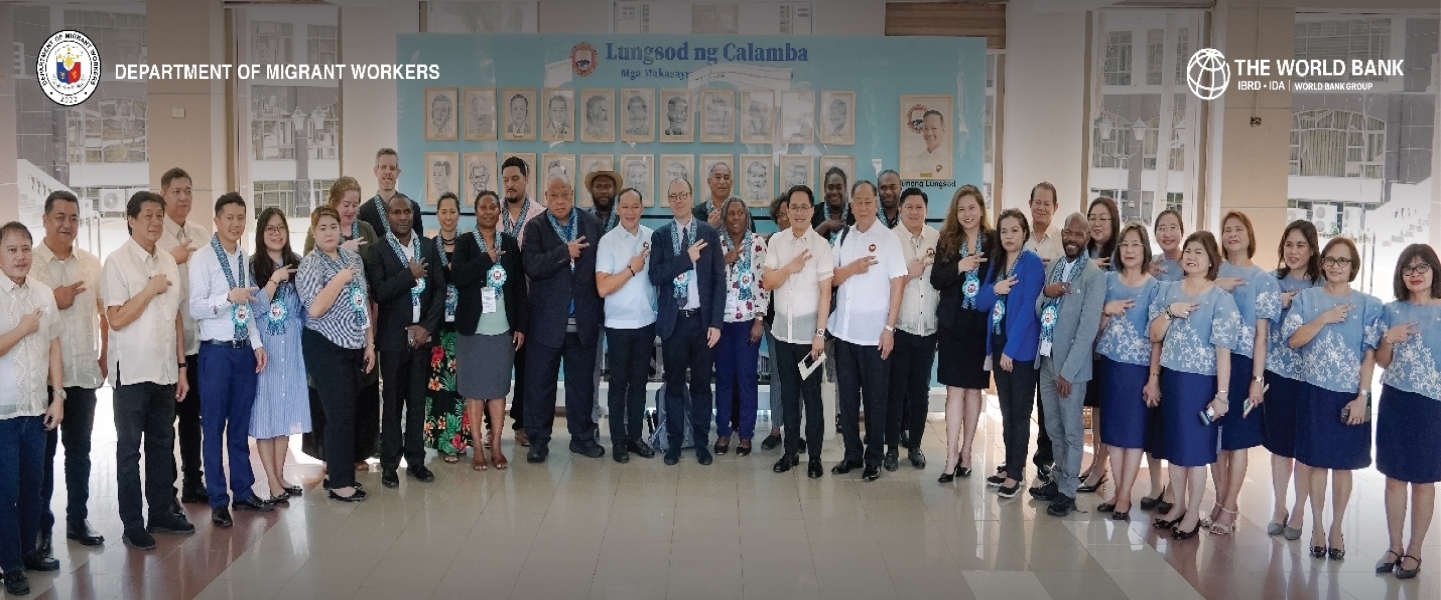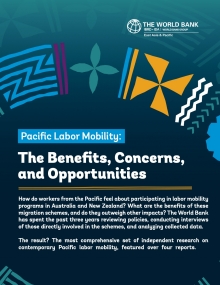Why is Labor Mobility Important to Pacific Nations?
Pacific Island countries face unique challenges due to their geographical dispersion, distance to markets, small populations, and susceptibility to natural disasters and climate change. With young populations and rising unemployment exacerbated by the COVID-19 pandemic, socioeconomic pressures on these nations have been intensifying.
In this context, labor mobility has become an important source of income and employment for many Pacific Islanders – as well as a crucial tool for adaptation and managing climate-related shocks.
Each year, thousands of Pacific Islanders find employment through the Recognised Seasonal Employers scheme in New Zealand and the Pacific Australia Labour Mobility scheme. The economic gains from these programs have been well documented. They include providing job opportunities, supporting livelihoods, cushioning households against income shocks, and boosting economic growth, but they also present some challenges.
What are the Concerns Surrounding Labor Mobility Programs?
In recent years, as these labor mobility schemes have rapidly expanded, there has been debate about the adverse impacts they have on sending households and countries. Some have raised concerns about the pressures of workers being away from their families for extended periods, worker exploitation in host countries, and the loss of skilled labor (or ‘brain drain’) back home.
There are also issues related to recruitment processes that disadvantage those who live in remote communities and barriers that prevent women’s participation.
How is the World Bank Supporting Research in the Pacific?
This is a critical moment for labor migration in the region, as sending and receiving countries consider what policy shifts, if any, might be needed to address concerns. What has been lacking from the recent debate about these schemes is comprehensive research and data from an independent third party. In light of this, the World Bank has released a series of new reports that include groundbreaking evidence – as well as the voices of workers, employers, labor-sending families, non-sending families, and community representatives.
The results not only have the potential to challenge some popular misconceptions, but show that the benefits of these programs, as perceived by the workers themselves, currently outweigh concerns.








